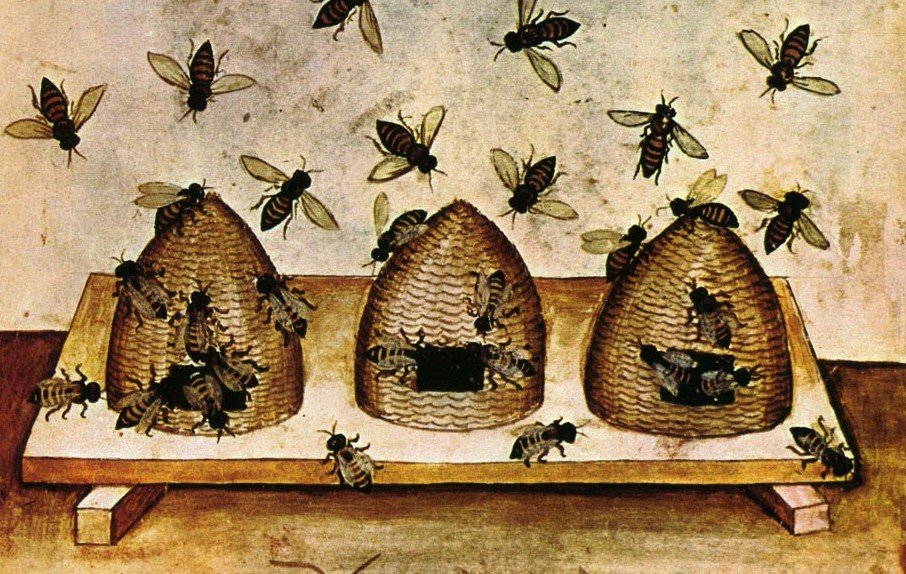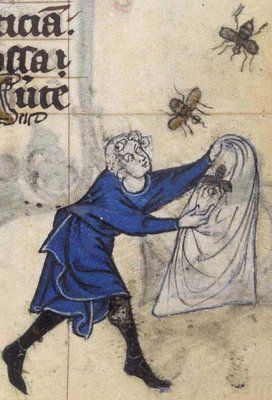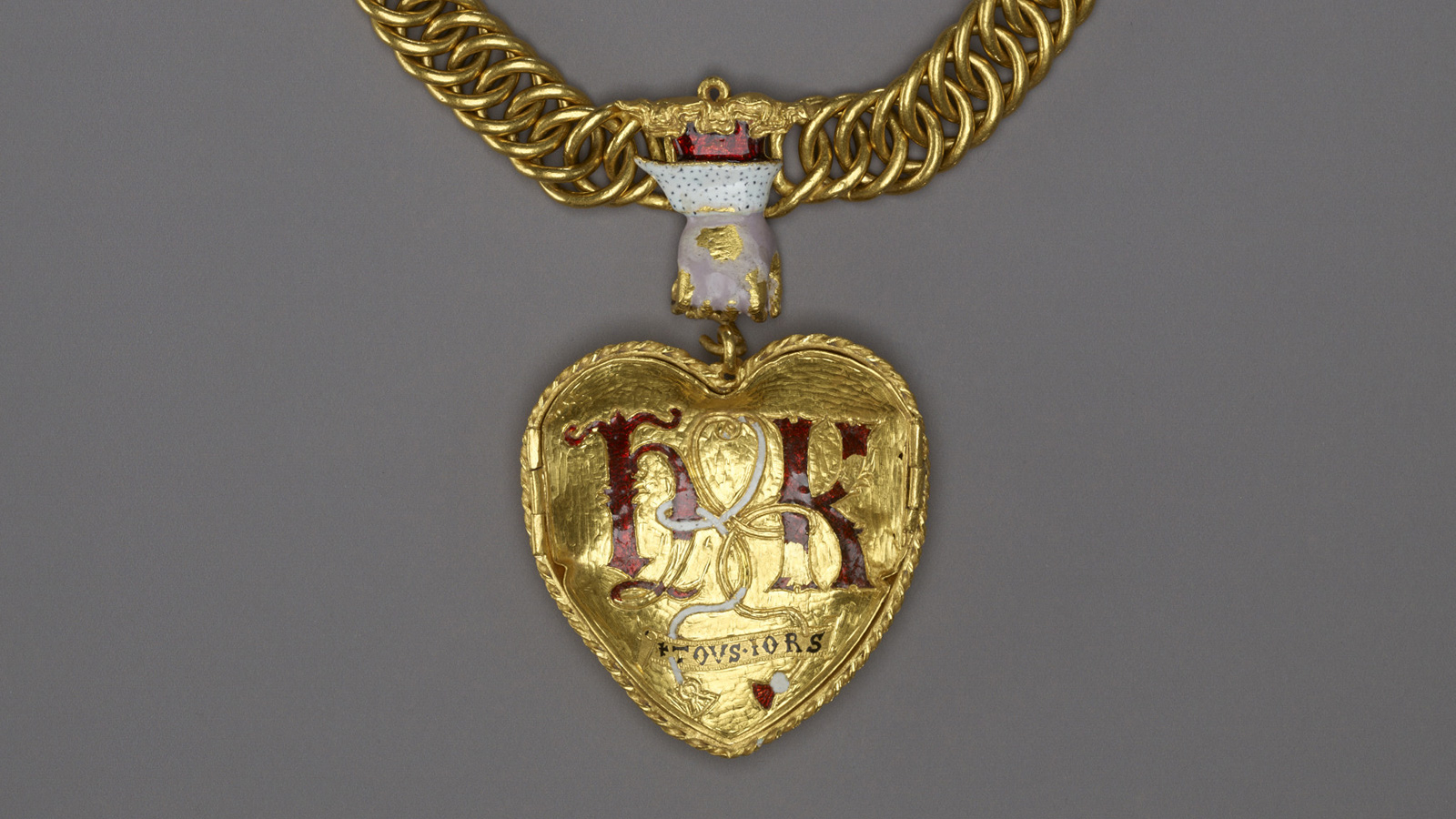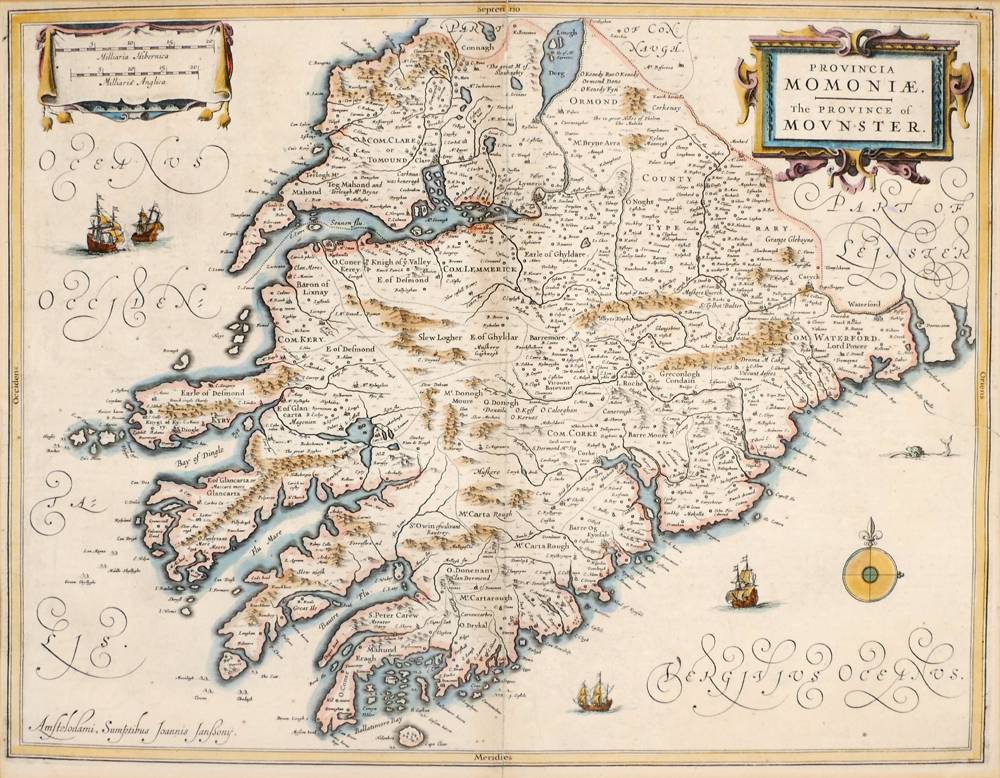
While it may not quite be sundress weather just yet, spring has undeniably sprung and with it our favourite little striped friends have emerged to go about their buzziness (sorry).
Today we are well aware of the key role that bees play in our world and know well that without them we would be – quite frankly – up the creek, which is why it is wonderful to see the amount of pollinator meadows which have sprung up in recent years. Historically though, bees have always been important in Irish society and never more so than at the height of Brehon Ireland.

So why was honey so vital? Well for one, it was the only form of sugar available to the people of Ireland and so it was used in cooking, and also to make beverages like mead which were safer to drink than water (Check out our blog on mead here). Sugar was hugely popular on its arrival to the British Isles, and foreign diplomats were disgusted with the blackened teeth of the Elizabethan court, where even Queen Elizabeth herself had clearly overindulged in this new luxury. Honey was also a key ingredient in several medieval medicines and so having a regular supply was vital for the health and wellbeing of a village or town. In fact, honey has been used in medicine since Sumerian times around 3000 years ago and today we understand the health benefits of products like Manuka honey – and of course eating honey produced locally is an excellent way to beat hay-fever. So while most medieval cures were frankly, insane, in this case they just might have been on to something.
Bees seem to have been introduced to Ireland, presumably from our nearest neighbours, between the 3rd and 6th centuries CE. Few are quite sure whether bees were deliberately introduced to Britain or whether they crossed to there over the ice bridge which used to connect the British Isles to mainland Europe. Gaius Julius Solinus, a Latin Geographer of the 3rd century makes reference in his writings to the fact that Hibernia (Ireland) had no bees. As bees were so vital across the rest of Europe, their introduction to Ireland probably heralded an explosion in new food, medicine and almost certainly, difficulty dealing with this new and unusual little animal.

In a short time, bees became so important that entire tract of Brehon Law was devoted to their regulation and safekeeping, a set of laws known as the Bechbretha. The Bechbretha, or bee judgments, was established, we assume, around the time that been first showed up on our shores. Like any unusual addition to society they no doubt caused confusion and alarm among many people who had never seen anything like them before and fitting them into existing customs and farming practices was clearly a long process. Farming of course was common practice among Irish people during this time, but this new animal and new produce no doubt caused more than one headache for Brehon lawyers.
Due to the luscious covering of woodland that Ireland enjoyed during that period bees were much more common than they are now. For one, any house with the ability would have kept their own beehive to ensure they had a regular supply of honey, and wild bees would have been in abundance as well, but who owned these wild bees? How was the law to account for them? Let’s say you were out walking and came across a wild hive but realised to your dismay that it was actually sitting just over the border of your green and was on your neighbour’s land? Well never fear, under the Bechbretha you actually did have entitlements – one quarter of all that hive’s produce for the year was yours to keep as a finder’s fee, while three quarters went to the owner of the house. Of course defining the land itself was tricky so perhaps you could make an argument. Every house was accepted to have a surrounding green area or faithche téchtae which was defined somewhat vaguely as the area of land from which a bell or cockerel at the main house could be heard.

As is the case with other farm animals, landowners were also protected from their neighbour’s bees ‘grazing’ on their land. If bees were found on the land of someone nearby and traced back to your hive then the produce of the hive was divided between the two households. Division of honey seems to have been the most common issue to arise and in cases where bees regularly visited neighbouring pastures to gather their nectar then four surrounding farms were granted rights to a small proportion of honey and every third year each was given a swarm in compensation.
The law even covers bee stings! That is so say if you found yourself out and about and a bee from a nearby house stung you, it wasn’t just a misfortunate incident, you had rights! So long as you know the house the bee came from (fairly spurious accusation I’m sure) and could give your word that you didn’t kill the bee (physically impossible given the biology of a bee) then in compensation for your suffering that bee’s owner had to supply you with honeycomb!

Bees were so vital to everyday life in medieval Ireland that they were considered part of the family, so much so that when something big happened, like for example, the death of a family member, somebody had to take responsibility for telling the bees. The bees then, as a core part of the family unit, could partake in mourning as their human companions draped the hive in black crepe. This custom was an important social practice in Ireland, Britain and even as far away as Germany for many generations with some believing that you had to whisper your news to the bees, others sang to them with pre-made tunes and many took the lazy route and simply spoke to them regularly.

So let’s all bear in mind the next time we see a bee bumbling about this year, of the vital role it has played in our ecosystem for more than a thousand years, and maybe give it a scrap of news now and then, I’m sure they miss hearing the gossip.


